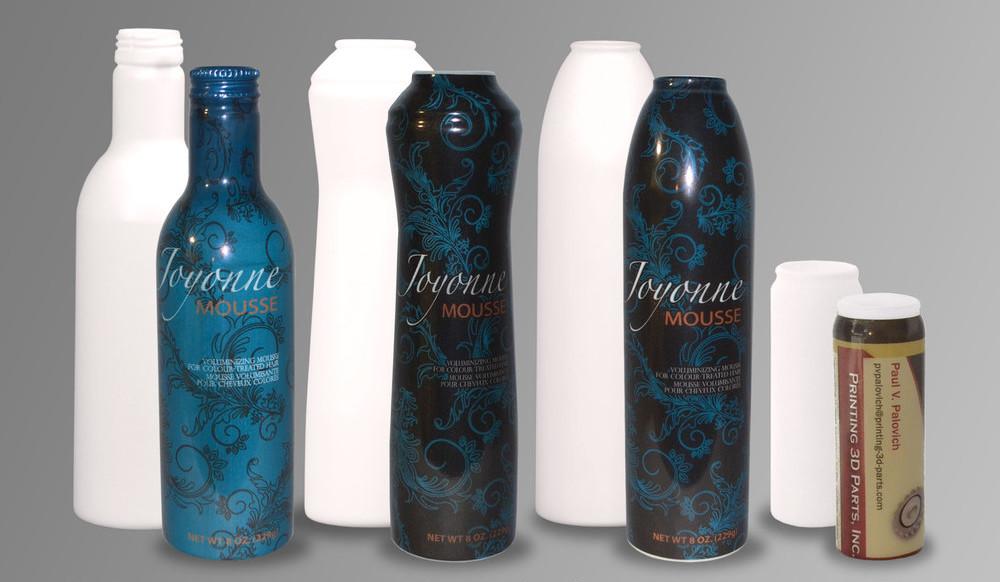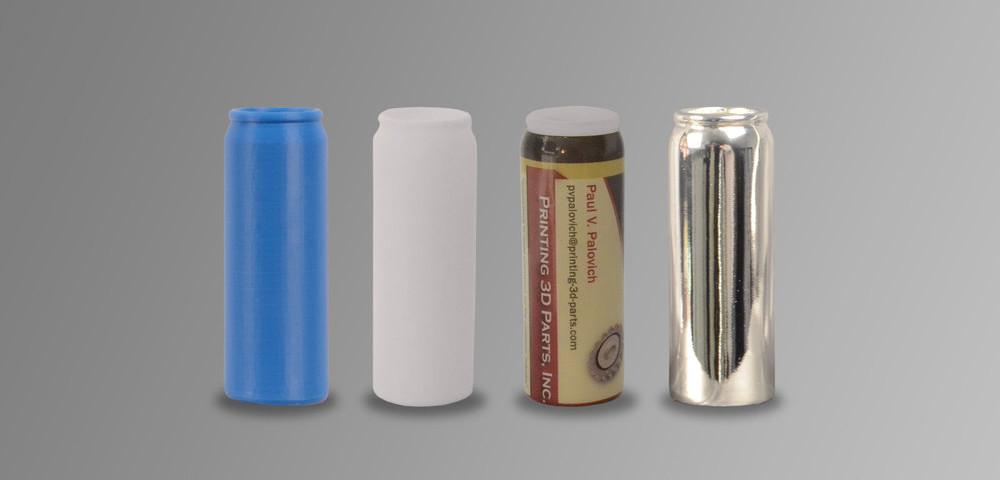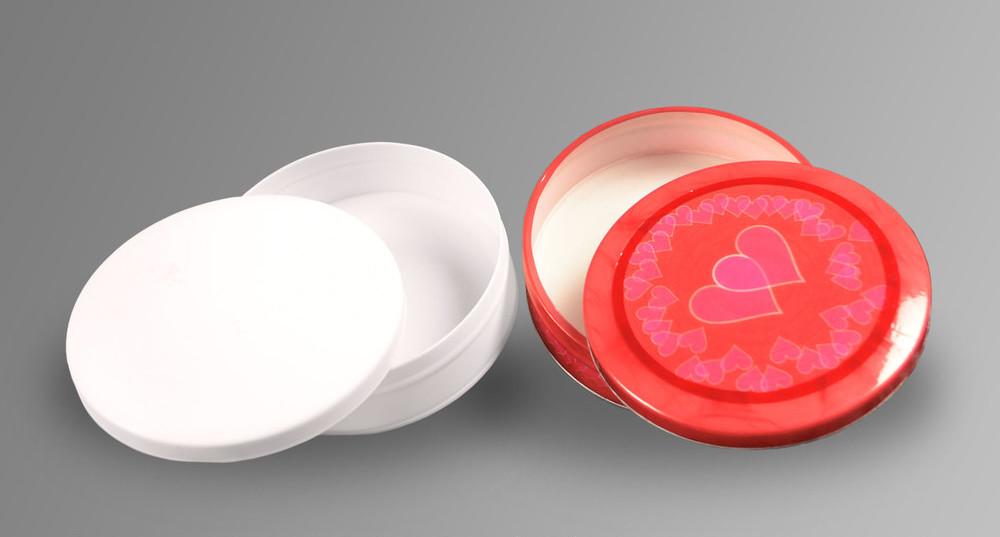 While originally conceived as a replacement for manufacturing back in the 1980s, due to time constraints and cost 3D printing quickly became a process primarily used to quickly develop prototype and proof of concept objects. The automotive and aerospace industries liberally used 3D printers to rapid prototype concept models, new parts and components for decades, and even to this day the bulk of 3D printers are still used for prototyping. But when the maker movement developed desktop 3D printers and the process started to become cheaper, capable of higher resolutions and simpler to use, businesses started to find hundreds of creative ways to use them.
While originally conceived as a replacement for manufacturing back in the 1980s, due to time constraints and cost 3D printing quickly became a process primarily used to quickly develop prototype and proof of concept objects. The automotive and aerospace industries liberally used 3D printers to rapid prototype concept models, new parts and components for decades, and even to this day the bulk of 3D printers are still used for prototyping. But when the maker movement developed desktop 3D printers and the process started to become cheaper, capable of higher resolutions and simpler to use, businesses started to find hundreds of creative ways to use them.
Today 3D printers are used in some pretty diverse and innovative places, from creating art, to printing with living tissue and even, finally, actual manufacturing. But a funny thing started to happen when the price of 3D printers went down. An entire sector of businesses, previously unable to afford industrial 3D printers, suddenly had access to the same rapid prototyping technology that large industries like car and plane manufacturers have been using for years. Rapid prototyping is now available to virtually anyone, and is finding itself being used in more varied and surprising ways than ever before.
 The latest industry that is just starting to discover how helpful 3D printers and rapid prototyping can be to their businesses are companies that design food, beverage and retail packaging. Although a 3D printing expert and vice president of Printing 3D Parts, Inc. Paul Pavolich says that while it’s catching on, the packaging industry is still not catching on as quickly as they could be. Pavolich recently spoke to Packaging Digest about his company, how the packaging industry can leverage rapid prototyping to create better prototypes faster and some of the reasons that companies are still resistant to 3D printed prototyping.
The latest industry that is just starting to discover how helpful 3D printers and rapid prototyping can be to their businesses are companies that design food, beverage and retail packaging. Although a 3D printing expert and vice president of Printing 3D Parts, Inc. Paul Pavolich says that while it’s catching on, the packaging industry is still not catching on as quickly as they could be. Pavolich recently spoke to Packaging Digest about his company, how the packaging industry can leverage rapid prototyping to create better prototypes faster and some of the reasons that companies are still resistant to 3D printed prototyping.
Of course in order to convince companies unfamiliar with 3D printing to use it, it is vital that the right tools are selected for the right jobs. Basic desktop 3D printers are suitable for simple prototypes, but higher quality commercial 3D printers are capable of producing prototypes so realistic that customers aren’t often able to tell that they aren’t the real thing. When designing new packaging, it is often shocking how quickly prototypes can be created, especially in comparison with more traditional prototyping processes.
“Once labeled, most customers don’t realize our prototypes aren’t production containers until they hold them. The 3D printed prototypes are made from an ABS [acrylonitrile butadiene styrene]-like plastic that can be painted, dyed or chrome plated. We chose this material for its rigid, stable and thermal-resistant properties,” says Pavolich.
The three-yea-old 3D printing services bureau Printing 3D Parts, Inc. is one of the most sought after rapid prototyping companies in the Ohio area, and it’s because of the decades of 3D printing experience that Pavolich brings to the table. He got his start in 3D printing when he worked in the automotive industry in the 1980s. After retiring he teamed up with co-owner Ted Webb to bring the same prototyping expertise that he used at his old job and bring it to entirely new businesses. They use both FDM 3D printers and Multi Jet 3D printers to create their prototypes, and also have 3D scanning capabilities.
“Printing 3D Parts, Inc. has the 3D scanning and 3D-printing technologies to create a rapid prototype of a concept container in weeks instead of months, with full color graphics and text…and without any tooling cost. A CAD file of the concept container/package is all that is needed. However, if a CAD file does not exist, a 3D scan of an existing container can be made and modified to the customer’s specifications. For complete concept visualization of an actual printed container/package, a full color shrink-wrapped label of our customer’s artwork can be applied to the 3D-printed prototype. Any necessary design revisions can be made and incorporated in the next 3D-printed prototype,” Pavolich continues.
Because product packaging is such an important part of marketing a product, many packaging companies are starting to discover that 3D printing just makes sense, both in the time saved and the money spent. Rather than spend thousands to product traditionally manufactured prototype packaging, often with very little time to make adjustments to the design, 3D printed prototypes can be altered quickly and with little expense. Not only does that save the company money, but it allows them to create better packaging that suits the needs of their products and their customers.
“Most customers have the ‘high volume discount’ mentality that is a result of always purchasing parts that have been tooled. Since there is not the high volume to amortize the tool cost with 3D printing, there is sometimes ‘sticker shock’ when the piece price is quoted. Once the reality of not having to spend tens of thousands of dollars in tooling sets in, the price shock goes away,” explained Pavolich.
Packaging Digest’s entire interview with Pavolich is worth reading, especially if you’re a business looking to incorporate 3D printing and rapid prototyping into your product development cycle. Discuss this story in the 3D Printed Packaging forum thread on 3DPB.com.
Subscribe to Our Email Newsletter
Stay up-to-date on all the latest news from the 3D printing industry and receive information and offers from third party vendors.
You May Also Like
Latest Earnings Overview for Australian 3D Printing Firms Titomic and AML3D
Australian 3D printing manufacturing firms Titomic (ASX: TTT) and AML3D (ASX: AL3) reported their financial results for the period from July to December 2023, marking the first half of their...
Correction: 3D Printing Service Fathom to Merge with CORE Affiliate Amid Financial Challenges
Correction 4/8/24: A previous version of this story incorrectly speculated that Fathom would merge with CORE portfolio company UPTIVE. The article has been updated to remove that reference. As discussed...
3D Printing Financials: Unpacking Farsoon and BLT’s 2023 Performance
In the Chinese 3D printing industry, two companies, Farsoon (SHA: 688433) and Bright Laser Technologies, or BLT (SHA: 688333), have recently unveiled their full-year earnings for 2023. Farsoon reported increases...
3D Printing Financials: Shapeways Faces Challenges Despite Revenue Uptick
Shapeways (BCBA: SHPW) faced a challenging year in 2023, with financial results showing a mix of growth and setbacks. While the company saw an increase in revenue and gross profit,...
































